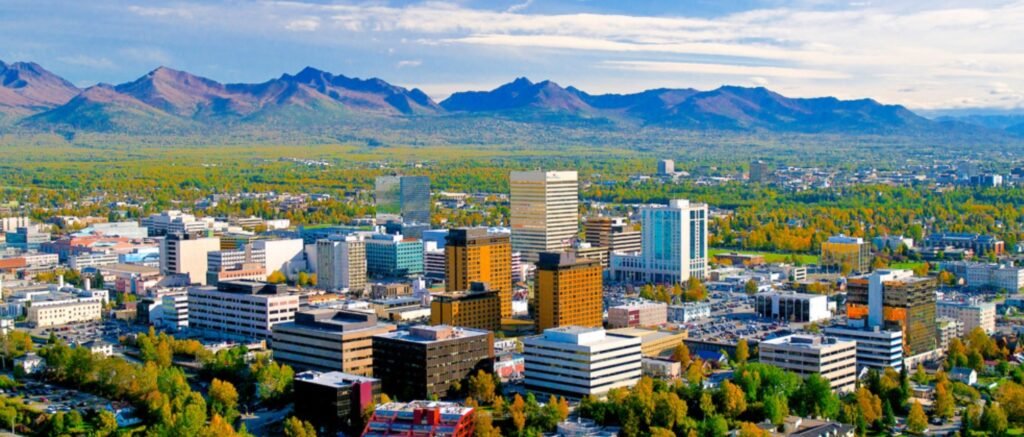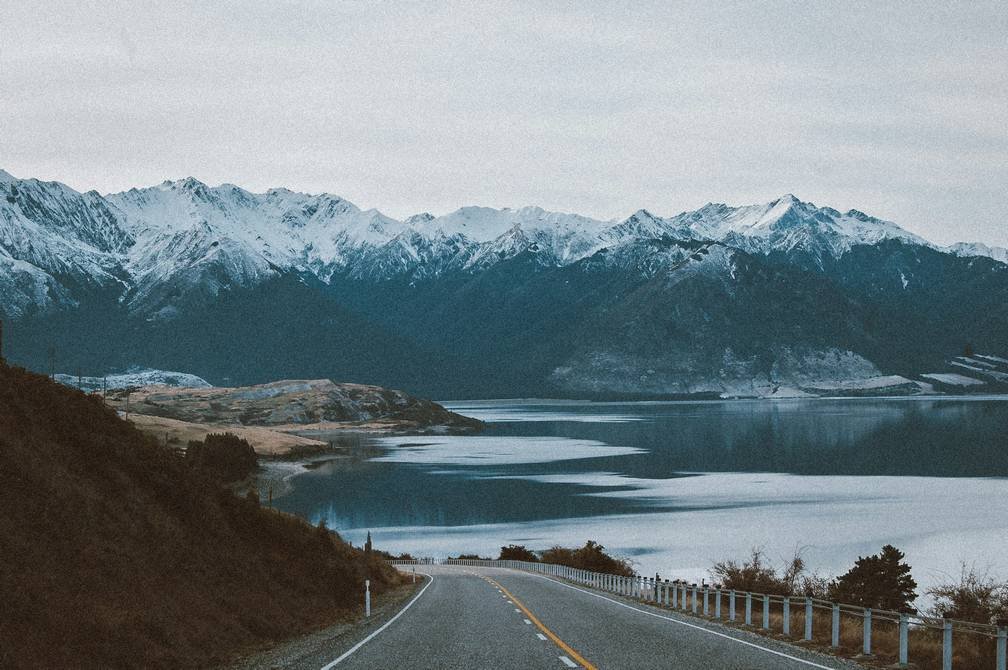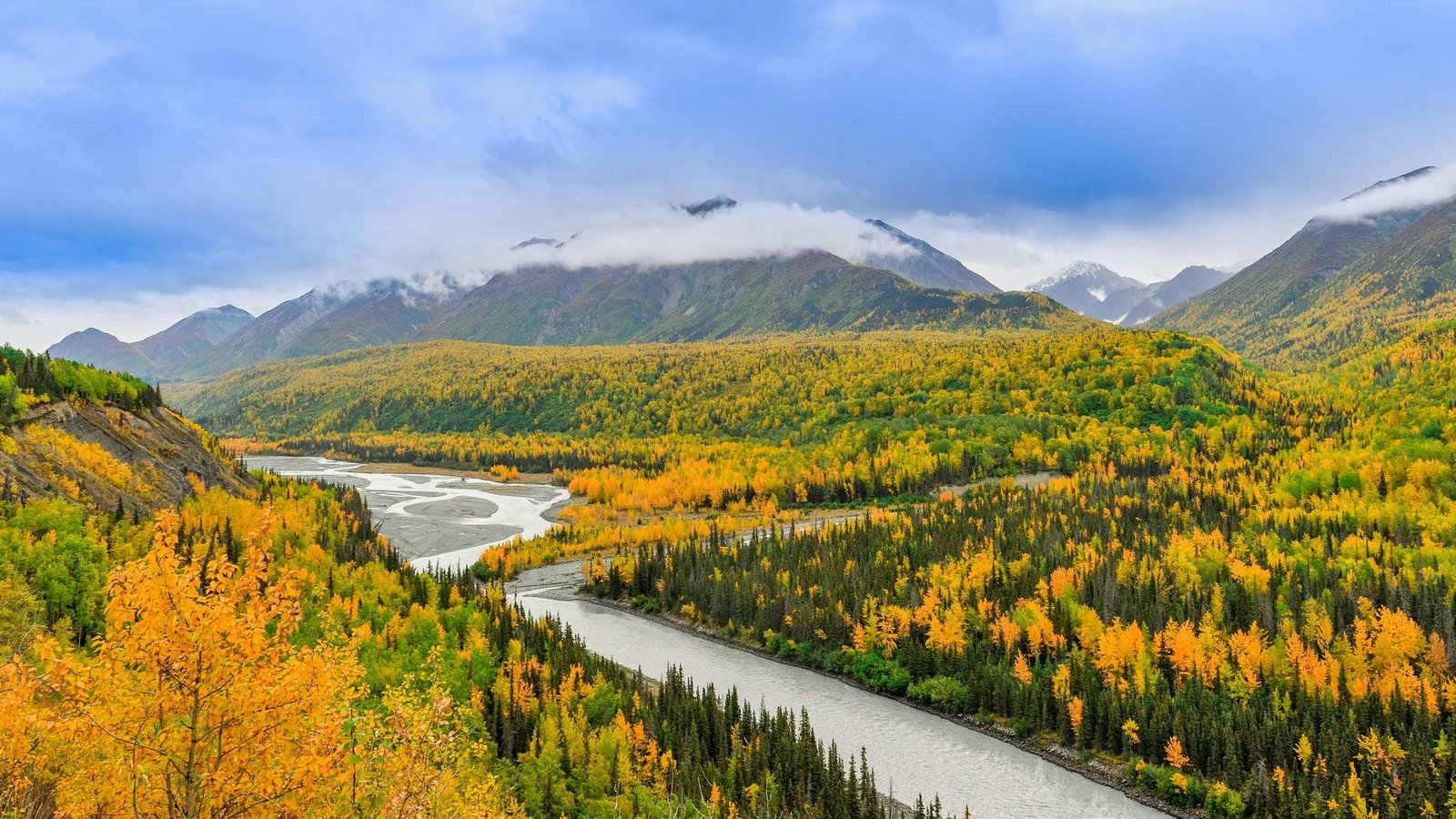Weather in Alaska in August: Your Complete Guide to Late Summer in the Last Frontier
Table of Contents

Introduction
Alaska, known as the Last Frontier, offers a unique and diverse climate that varies greatly depending on the region and time of year. For those planning a trip to this breathtaking state, understanding the weather in Alaska in August is crucial for packing appropriately and making the most of your visit. August marks the tail end of summer in Alaska, bringing a mix of warm days, cool nights, and the first hints of the approaching autumn. In this comprehensive guide, we’ll explore what you can expect from the weather in Alaska in August, including temperature ranges, precipitation, daylight hours, and regional variations.
Temperature Trends: Mild Days and Cool Nights
When it comes to the weather in Alaska in August, temperatures are generally mild and comfortable. However, it’s important to note that Alaska’s vast size means the temperature can vary significantly depending on your location. Here’s a breakdown of what you can expect:
- Southern coastal areas (e.g., Juneau, Ketchikan): Daytime highs average around 60-65°F (15-18°C), with nighttime lows dipping to 50-55°F (10-13°C).
- Interior regions (e.g., Fairbanks): Warmer daytime temperatures, often reaching 70-75°F (21-24°C), but cooler nights around 45-50°F (7-10°C).
- Arctic regions (e.g., Barrow): Cooler overall, with daytime highs around 40-45°F (4-7°C) and nighttime lows near freezing.
Remember, when planning for the weather in Alaska in August, layering is key. While days can be pleasantly warm, evenings and early mornings often require a light jacket or sweater.
Precipitation: Be Prepared for Rain
August is part of the rainy season in many parts of Alaska, particularly in the coastal areas. Here’s what you should know about precipitation when considering the weather in Alaska in August:
- Southeast Alaska (the Inside Passage): This region experiences the highest rainfall, with an average of 5-7 inches (13-18 cm) in August.
- Southcentral Alaska (including Anchorage): Expect moderate rainfall, averaging 2-3 inches (5-8 cm) for the month.
- Interior and Arctic regions: Generally drier, with 1-2 inches (2.5-5 cm) of rain on average.
While preparing for the weather in Alaska in August, pack a waterproof jacket and shoes. Rain showers can be frequent but are often short-lived, allowing for plenty of outdoor activities between spells of precipitation.
Daylight Hours: Long Days Begin to Shorten
One of the most notable aspects of the weather in Alaska in August is the changing daylight hours. While the famous “midnight sun” phenomenon is waning, days are still quite long:
- Southcentral and Interior Alaska: Expect about 16-18 hours of daylight.
- Southeast Alaska: Around 15-16 hours of daylight.
- Arctic regions: Still experiencing nearly 24 hours of daylight at the beginning of August, transitioning to about 18 hours by month’s end.
The ample daylight during August in Alaska allows for extended outdoor activities and sightseeing opportunities, a key factor to consider when planning your trip around the weather in Alaska in August.
You May Also Like: Best Places To Visit In USA For First Time
Regional Weather Variations
To fully understand the weather in Alaska in August, it’s essential to consider regional differences:
Southeast Alaska (Inside Passage)
This coastal region, including popular cruise destinations like Juneau and Ketchikan, experiences mild temperatures and frequent rainfall. The weather in Alaska in August in this area is characterized by lush, green landscapes thanks to the abundant moisture.
Southcentral Alaska
Home to Anchorage and the Kenai Peninsula, this region enjoys relatively stable weather in August. Temperatures are comfortable, and while rain is common, it’s less frequent than in the Southeast.
Interior Alaska
Fairbanks and the surrounding areas often have the warmest August temperatures in the state. The weather in Alaska in August in the Interior can be quite pleasant, with warm days and cool nights.
Arctic Alaska
The northernmost parts of the state, including Barrow (Utqiaġvik), have the coolest August temperatures. However, this region offers unique experiences like the midnight sun and potential early glimpses of the Northern Lights.
Wildlife and Natural Phenomena
The weather in Alaska in August influences wildlife activity and natural events:
- Bear viewing is excellent as they fatten up on salmon and berries.
- Wildflowers are still in bloom in many areas.
- Northern Lights may be visible in late August, especially in Interior and Arctic regions.
- Whale watching opportunities are abundant in coastal areas.
Outdoor Activities to Enjoy
Given the generally favorable weather in Alaska in August, it’s an excellent time for outdoor adventures:
- Hiking and camping in national parks like Denali
- Fishing for salmon in rivers and coastal waters
- Glacier viewing and ice climbing
- Kayaking and canoeing in lakes and fjords
- Berry picking in forests and tundra
Packing Tips for Alaska’s August Weather
When preparing for the weather in Alaska in August, consider packing:
- Layers: T-shirts, long-sleeve shirts, sweaters, and a light jacket
- Waterproof outer layer: Rain jacket and pants
- Sturdy, waterproof shoes or boots
- Sun protection: Hat, sunglasses, and sunscreen
- Insect repellent for outdoor activities
Exploring Alaska’s August Weather: An In-Depth Guide for Travelers

Historical Weather Trends and Climate Change
Understanding the historical context of weather in Alaska in August provides valuable insights for travelers. Over the past few decades, Alaska has experienced significant changes due to global climate trends:
- Temperature Increase: On average, August temperatures have risen by 2-3°F (1-1.5°C) since the 1950s. Interior regions like Fairbanks have seen the most dramatic increases.
- Precipitation Changes: While overall precipitation has increased, the patterns have shifted. Some areas now experience more intense rainfall events, while others see extended dry periods.
- Glacier Retreat: Many of Alaska’s glaciers are retreating at unprecedented rates. For example, the Muir Glacier in Glacier Bay National Park has retreated more than 31 miles (50 km) since 1941.
- Wildlife Impact: Changing weather patterns have affected wildlife behaviors. Some species are altering their migration timing, while others are expanding or shifting their ranges.
For visitors, these changes mean that the weather in Alaska in August might be warmer and less predictable than in past decades. It’s crucial to check recent trends and forecasts when planning your trip, as historical averages may no longer accurately reflect current conditions.
Best Places to Visit Based on August Weather
The diverse weather in Alaska in August offers unique experiences across the state. Here are some top destinations to consider:
- Juneau: With average highs around 64°F (18°C), the capital city offers comfortable temperatures for exploring glaciers, hiking, and whale watching.
- Denali National Park: August provides some of the best weather for visiting this iconic park. Daytime temperatures average 66°F (19°C), perfect for wildlife viewing and hiking.
- Fairbanks: Late August in Fairbanks offers a chance to see the Northern Lights as dark nights return. Daytime temperatures around 70°F (21°C) are ideal for outdoor activities.
- Kenai Fjords National Park: August’s mild weather (average high of 62°F/17°C) is excellent for kayaking among glaciers and spotting marine wildlife.
- Kodiak Island: With temperatures around 62°F (17°C), August is perfect for bear viewing and fishing on this rugged island.
Remember, when planning around the weather in Alaska in August, coastal areas tend to be cooler and wetter, while interior regions are warmer and drier.
Weather-Related Events and Festivals
August in Alaska is not just about natural phenomena; it’s also a time for celebration. Here are some weather-influenced events to consider:
- Alaska State Fair (Palmer): Held in late August, this fair celebrates the bountiful harvest made possible by long summer days. Expect giant vegetable competitions and local crafts.
- Tanana Valley State Fair (Fairbanks): Another agricultural fair showcasing the fruits of Alaska’s short but intense growing season.
- Blueberry Festivals: Various locations host blueberry festivals in August, including Alyeska Resort near Anchorage. These events celebrate the abundant wild berry crop that thrives in Alaska’s late summer weather.
- Salmonfest (Ninilchik): This music festival also raises awareness about the importance of salmon to Alaska’s ecosystem and economy.
- Kenai Peninsula Fair (Ninilchik): A celebration of peninsula life, with events that showcase how locals adapt to and thrive in Alaska’s unique climate.
These events not only provide entertainment but also offer insights into how Alaskans have adapted to and celebrate their unique weather patterns.
You May Also Like: Travel Backpacks For Women
Weather Forecasting and Resources
Staying informed about the weather in Alaska in August is crucial for a successful trip. Here are some reliable resources:
- National Weather Service Alaska Region: Provides detailed forecasts for all regions of Alaska.
- Alaska Climate Research Center: Offers in-depth climate data and analysis.
- WeatherUnderground Alaska: Provides user-friendly forecasts and historical data.
- NOAA Weather Radio: Essential for real-time weather updates, especially in remote areas.
- Local News Stations: Often have experienced meteorologists familiar with Alaska’s unique weather patterns.
When interpreting Alaskan weather forecasts, remember that conditions can vary dramatically over short distances due to topography. Always check forecasts for your specific destination, not just the nearest large city.
Extreme Weather Preparedness
While August generally offers mild weather in Alaska, it’s wise to be prepared for extreme conditions:
- Unexpected Cold: Bring layers, including a warm jacket, even if forecasts look mild. Weather can change rapidly, especially at higher elevations.
- Heavy Rain: Always carry a waterproof jacket and pants. In Southeast Alaska, be prepared for prolonged periods of rain.
- Wildfires: In dry interior regions, check for wildfire alerts and have an evacuation plan if camping or hiking in remote areas.
- Strong Winds: Particularly in coastal areas, be prepared for strong winds that can make temperatures feel colder.
- River Crossings: If hiking, be aware that rain can cause rapid rises in water levels, making river crossings dangerous.
Always inform someone of your plans when heading into the backcountry, and consider carrying a satellite communication device.
Photography Tips for August Weather
Capturing the beauty of Alaska’s August weather presents unique opportunities and challenges:
- Golden Hour: With longer days, the “golden hour” for photography extends longer. Early mornings and late evenings offer beautiful, soft light.
- Wildlife: August is excellent for wildlife photography. Use faster shutter speeds to capture animals in motion.
- Landscape: Incorporate late summer wildflowers and berries into your landscape shots for vibrant colors.
- Northern Lights: In late August, you might capture the aurora borealis. Use a tripod and long exposure settings.
- Rainy Weather: Don’t let rain stop you. Overcast skies can provide even lighting for forest and waterfall shots. Use a polarizing filter to reduce glare on wet surfaces.
- Protect Your Gear: Always carry rain covers for your camera equipment, as showers can occur unexpectedly.
Remember, the unique quality of light in Alaska due to its northern latitude can create stunning photographic opportunities throughout August.

Accessibility and Transportation in August Weather
August’s generally favorable weather makes it one of the best months for traveling around Alaska:
- Road Conditions: Most highways are fully open and in good condition. However, be prepared for occasional construction delays as summer is the main road maintenance season.
- Flight Operations: August typically sees fewer weather-related flight delays compared to other months. However, small plane tours and bushfires can still be affected by low clouds or fog, especially in coastal areas.
- Marine Transportation: The Alaska Marine Highway System (ferry) operates full schedules in August. Rough seas are less common but still possible, especially in open water sections.
- Cruise Ships: August is the peak season for cruises. While generally smooth, be prepared for itinerary changes if storms develop.
- Hiking Trails: Most trails are snow-free and accessible by August, but popular routes can be muddy from rain. Check trail conditions before setting out.
When planning transportation around the weather in Alaska in August, build some flexibility into your schedule. While conditions are generally favorable, Alaska’s weather can be unpredictable, and it’s always best to have a backup plan.
By considering these additional aspects of August weather in Alaska, travelers can be better prepared to fully enjoy the unique experiences this remarkable state offers during the late summer season. Whether you’re capturing the perfect photo of a glacier, attending a local festival, or venturing into the backcountry, understanding and respecting Alaska’s August weather will enhance your adventure in the Last Frontier.
Conclusion
The weather in Alaska in August offers a pleasant mix of mild temperatures, long daylight hours, and the first hints of autumn. While rain is common, especially in coastal areas, the abundant daylight and comfortable temperatures make it an excellent time to explore the Last Frontier. From wildlife viewing to outdoor adventures, August provides ample opportunities to experience Alaska’s natural beauty. By understanding and preparing for the varied weather conditions across the state, you can make the most of your late summer Alaskan adventure. Remember, the weather in Alaska in August can be unpredictable, so flexibility and proper preparation are key to enjoying all that this remarkable state has to offer.



